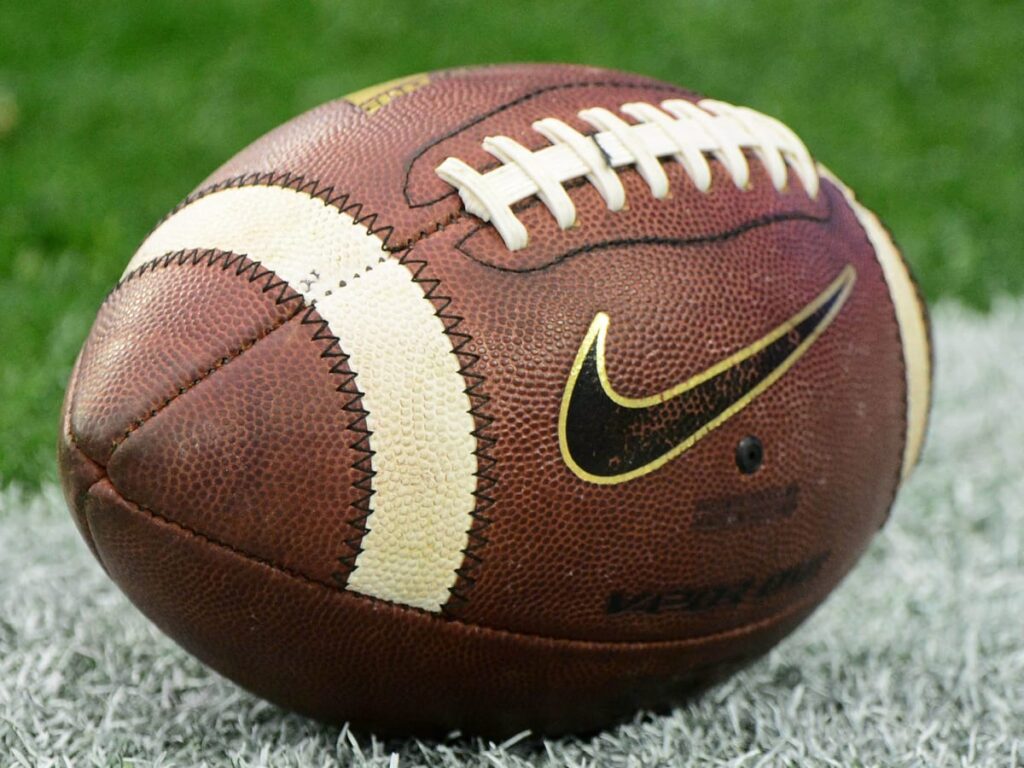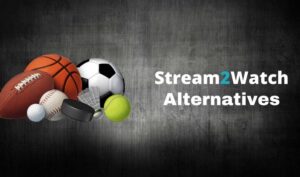Disclosing the NCAA Transfer Portal: Upsides and downsides for Understudy Competitors

In recent years, the NCAA Transfer Portal has become a focal point of discussion within the world of collegiate sports. This online database, designed to streamline the transfer process for student-athletes, has ushered in a new era of mobility in college sports. While it offers advantages such as increased opportunities and flexibility, there are also drawbacks that raise questions about its impact on athletes, teams, and the integrity of the collegiate sports system.
Upsides for Student-Athletes:
- Enhanced Opportunities: One of the primary benefits of the NCAA Transfer Portal is the expanded opportunities it provides for student-athletes. Previously, transferring between colleges involved a complex and time-consuming process, often requiring athletes to sit out for a year before being eligible to compete again. The portal has simplified this, allowing athletes to explore new options without the burden of extended ineligibility.
- Academic and Athletic Fit: Student-athletes may choose to transfer for various reasons, including academic programs, coaching changes, or personal growth. The portal enables them to find a better fit both academically and athletically, aligning their goals and aspirations with the offerings of their chosen institution.
- Immediate Eligibility: In certain cases, athletes using the transfer portal can now gain immediate eligibility at their new school. This shift represents a departure from the traditional practice of requiring athletes to undergo a waiting period, ensuring they can contribute to their new teams right away.
- Adaptability to Changing Circumstances: The NCAA Transfer Portal allows student-athletes to adapt to evolving circumstances. Whether it’s a change in coaching staff, unforeseen personal issues, or shifting career goals, the portal offers a responsive mechanism for athletes to reevaluate their collegiate paths.
Downsides for Student-Athletes:
- Potential Overuse and Instability: While the transfer portal offers increased flexibility, there is concern about its potential overuse, leading to instability within teams. Frequent transfers can disrupt team cohesion and continuity, making it challenging for coaches to build a strong and consistent program.
- Recruitment Pressures: The ease of transferring may put additional pressure on student-athletes to constantly assess their options, potentially distracting them from their academic and athletic commitments. This heightened recruitment environment could create a culture of uncertainty for both athletes and teams.
- Impact on Team Dynamics: Team dynamics play a crucial role in the success of any sports program. The frequent movement of players through the transfer portal can disrupt the chemistry and cohesion essential for a team’s success. Building trust and understanding among teammates becomes a more significant challenge in such a dynamic environment.
- Potential Exploitation by Coaches: Concerns have been raised about the potential exploitation of student-athletes by coaches. With the ability to recruit players from the transfer portal, coaches might be tempted to make promises they can’t keep or pressure athletes to transfer for short-term gains, leaving the athletes in precarious situations.
Conclusion:
The NCAA Transfer Portal represents a paradigm shift in the landscape of collegiate sports, offering both advantages and disadvantages for student-athletes. While it empowers athletes with greater freedom and opportunities, there are legitimate concerns about its impact on team stability, recruitment pressures, and the potential for exploitation. Striking the right balance between player autonomy and team cohesion will be crucial as college sports continue to navigate the evolving dynamics of the transfer portal. In the end, the effectiveness of this system will depend on the ability of the NCAA and its member institutions to address these challenges while preserving the integrity of collegiate athletics.







